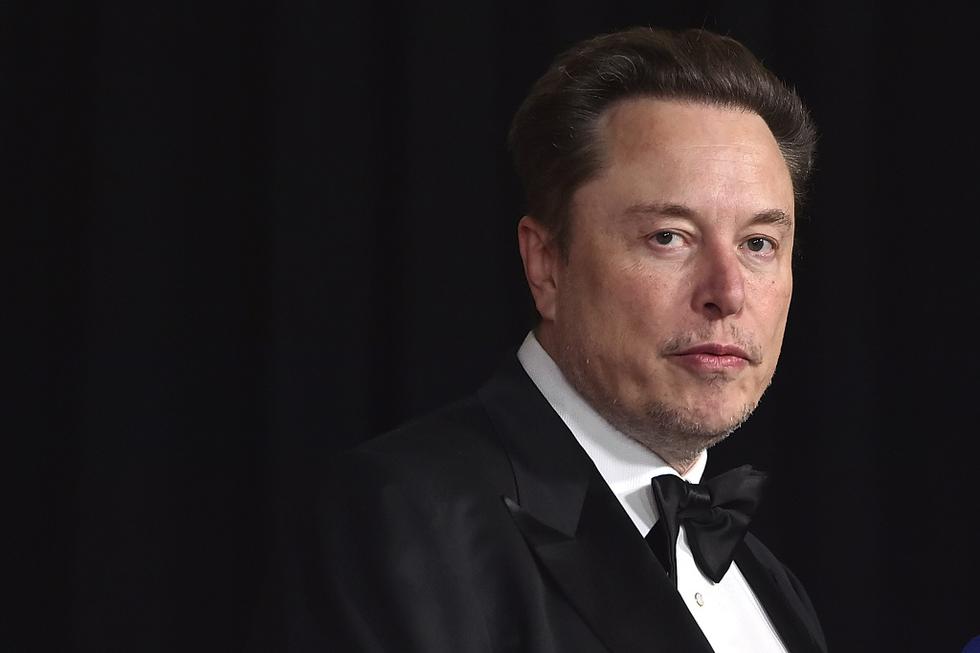Elon Musk has been in the news a lot lately after joining the Trump Administration as a “special government employee,” as well as him trying to buy ChatGPT and suing judges who are trying to block his rulings. This has caused the public to question: who is Elon Musk, and should he have such a large influence over the U.S. government?
Elon Reeve Musk was born on June 28, 1971, in Pretoria, South Africa, to Maye Musk, a model and dietitian, and Errol Musk, an engineer, pilot, consultant and emerald dealer. Musk was the oldest of three children but had four half-siblings on his father’s side. Thanks to Errol’s connections and jobs, Musk grew up wealthy and attended several private schools in South Africa. He chose to stay with his father after his parents divorced when he was nine years old.
In June of 1989, Musk moved to Canada and worked some odd jobs before enrolling at Queen’s University. He didn’t stay long before transferring to the University of Pennsylvania, where he studied for five years according to Musk, but the university disagrees, stating that Musk took seven years to earn a bachelor’s degree in physics and economics. Not much is noted about his time at the University of Pennsylvania, except that he hosted several large, ticketed house parties and had a business plan for an electronic book-scanning service that would digitize books for people to access online, similar to Google Books or other online libraries.
Near the end of his time at the University of Pennsylvania, Musk got accepted into a graduate program at Stanford University for material sciences. However, instead of attending school as his student visa required, he moved to Silicon Valley to work during the big tech boom. This is where he and his brother, along with a friend, created Zip2, a city guide software for newspapers, with the help of his father’s money. Zip2 was very popular, eventually securing contracts with The New York Times and the Chicago Tribune. It was later bought for $307 million.
Afterward, Musk helped found X.com, an online banking website. It struggled for the first few months, leading to Musk being replaced as CEO. The new CEO, Bill Harris, helped merge the company with Confinity, which had a service called PayPal. After the merger, Musk returned as CEO but clashed with other board members over the software, which led to him being replaced again by Peter Thiel, who helped make the company profitable.
After being ousted, Musk became involved in a nonprofit called the Mars Society, which led him to create SpaceX. He invested money into developing commercial space transport under contracts from NASA. This focus on space travel nearly caused Musk to go bankrupt several times, but his company eventually developed reusable rockets and succeeded in sending people to space. This was also around the same time that SpaceX began focusing on getting Starlink operational, a satellite internet service for people in underserved areas. The service became especially important during the Russian invasion of Ukraine, when Ukraine lost internet access. Musk offered the service for free to the Ukrainian government, though he limited where it could be used.
After being ousted from PayPal, Musk also began investing in Tesla. After investing $6.35 million and becoming the majority shareholder, Musk became chairman and oversaw production design. It wasn’t until the financial crisis of 2007 that Musk became CEO. He then forced the founders, who were ousted due to the crisis, to credit him as a co-founder of the company. He pushed several design ideas, including the Cybertruck – an electric truck – and even forced people to work through the COVID-19 pandemic. Musk was recently forced to step down as part of a settlement with the SEC, after trying to take Tesla private, causing problems with investors and stakeholders.
Both incidents have caused issues with his public image, but none have caused more controversy than his takeover of Twitter. Since 2017, Musk had expressed interest in buying Twitter. He started accumulating enough stock in 2022 to become a member of the board of directors, but the board limited his stock purchases. That’s when he offered to buy Twitter for $44 billion a few days later. He tried to back out of the deal after a few months but eventually completed the purchase, renaming it X. Musk laid off many of the staff and allowed hate speech to increase on the platform by reinstating Donald Trump’s account after he had been banned for inciting an insurrection on Jan. 6, 2021. This led Musk to step down as CEO of X, though he remains the CTO and continues to be heavily involved with the site.
Musk’s political involvement in the U.S. has been notable since the tech boom that helped raise him to fame. He has donated to both political parties but has publicly supported several Democratic Party officials. However, this shifted around 2020 with the COVID-19 pandemic. Due to restrictions and spacing, many companies were asked to close or limit the number of on-site workers. This became an issue for Musk, who wanted workers in Tesla factories regardless. This led to positive feedback from Republicans and other right-wing leaders. Musk befriended people like Ron DeSantis and Donald Trump, gaining defenders such as Alex Jones and Joe Rogan. Musk then became very active in the right-wing world, donating money to fight the “culture war,” speaking at campaign events, and hosting SpaceX discussions with right-wing political leaders.
As a result of this involvement, Musk is now part of the Trump Administration as a special government employee overseeing the Department Of Government Efficiency. His job is supposed to be focused on limiting government spending, but he has become involved in numerous other areas, including the Treasury Department, helping announce executive orders, and defending them online. This has led to questions about Musk’s true interests and how much influence he should be allowed to have over the government.




